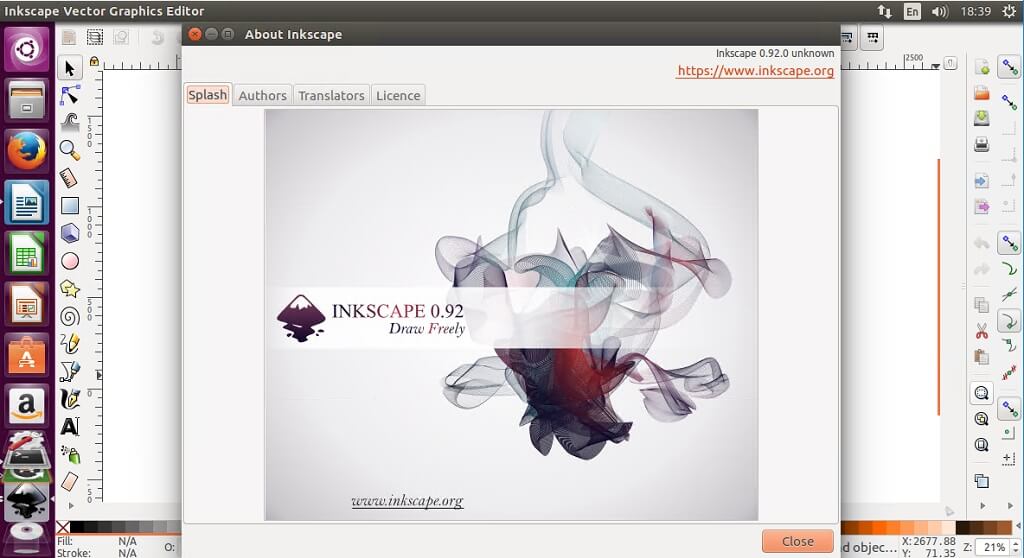
Choose your new height and width, using the ‘Scale proportionally’ option to maintain image dimensions. You could choose new image dimensions when you export the image.Īlternatively you can resize the image in Inkscape before exporting it: png extension regardless of which filename you choose. The file will be in the PNG format, so will be given a. You need to export the file as a bitmap to get a transparent background. If you save as a PNG this will not give it a transparent background. You can save the file as whatever format you’d like, via File -> Save As… To crop part of the image, see my Inkscape notes. On the Page tab (default), Resize page to content…. To resize the page to fit the size of the image: Paste into the new file with File -> Paste or ctrl-v. Open a new file with File -> New or ctrl-n. If nothing happens then you probably first need to ungroup the page via Object -> Ungroup. Click and drag a box around whatever you’d like to export. (youll need to experiment with the save as DXF options a little to get the best results). It’ll say “Select and transform objects” when you hover over it. A better way is to use a program called Inkscape (you could call it an open source Adobe Illustrator clone). Make sure the selection tool - the plain black arrow, top left - is selected. I just used the default PDF Import Settings. 
Inkscape is an open source program commonly used on Linux. You can use Inkscape to extract the images. One of the strengths of the EPS format is that the images can be resized without loosing quality, because the format is essentially a set of instructions about how to draw the images, much like SVG. You could find this if you download an icon set from the web or receive graphics from a web designer.

They can contain many images in a single file. eps extension are Encapsulated PostScript files, which are basically self-contained PostScript files for graphics.






 0 kommentar(er)
0 kommentar(er)
